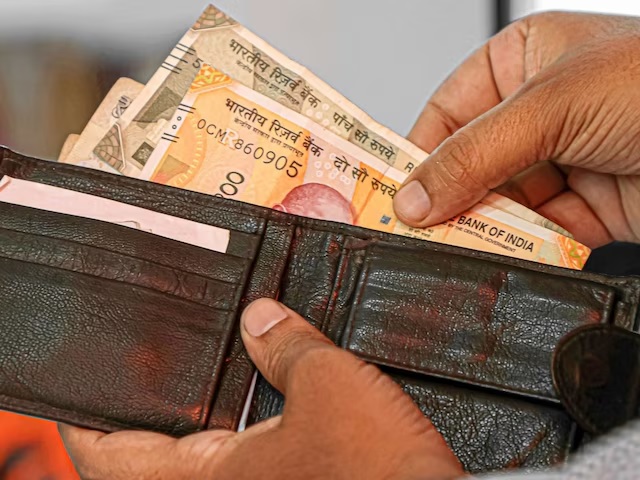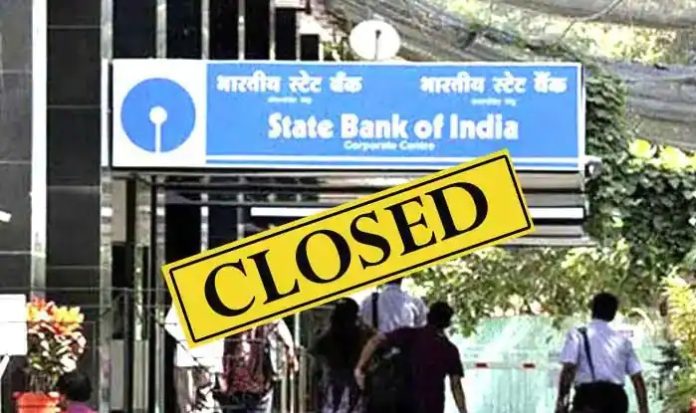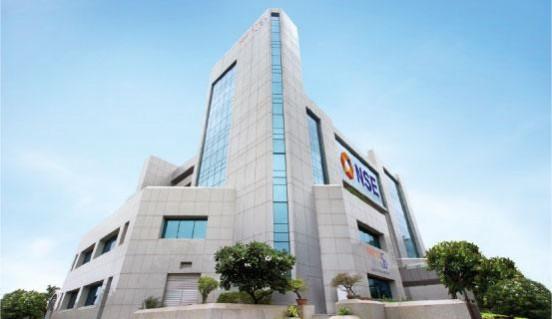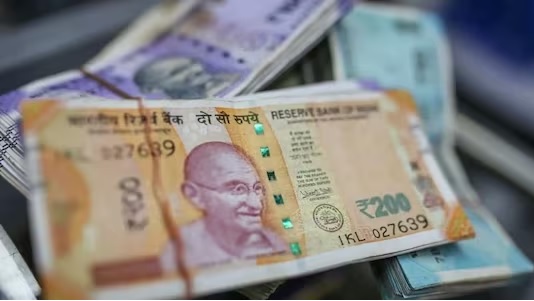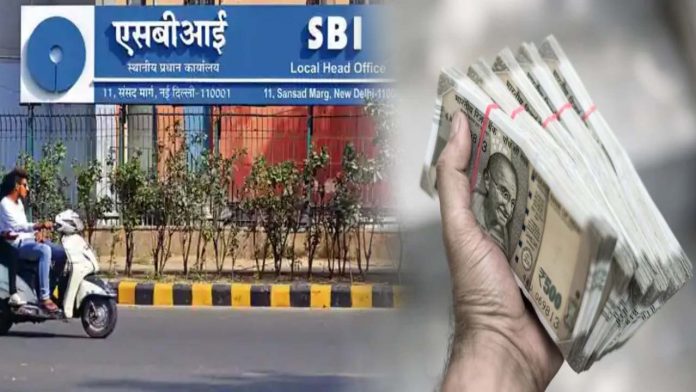
SBI Superhit Scheme: The superhit scheme (FDs) of the country’s largest bank SBI offers a lot of income without any tension. In this scheme, you can deposit money for different maturities ranging from 7 days to 10 years.
In these, on maturity, along with the principal, a good income is earned from interest. Know how much you will earn in 1, 2, 3 and 5 years on making an FD of Rs 10 lakh by SBI (SBI FD Interest Rate 2024).
– Advertisement –
SBI: Interest on ₹10 lakh FD for 1 year
SBI’s interest rate on 1 year maturity deposit is 6.80 percent. If you have deposited Rs 10 lakh for 1 year, you will get Rs 10,69,753 on maturity. That means you will get a fixed income of Rs 69,753 from interest.
SBI: Interest on ₹10 lakh FD for 2 years
SBI has reduced the interest rate on deposits with 2 years maturity to 7%. If you have deposited Rs 10 lakh for 2 years, you will get Rs 11,48,881. In this way, you will get a fixed income of Rs 1,48,881 from interest.
SBI: Interest on ₹10 lakh FD for 3 years
SBI’s interest rate on 3-year maturity deposit is 6.75 percent. If you have deposited Rs 10 lakh for 3 years, then your maturity amount will be Rs 12,22,393. In this way, you will get a fixed income of Rs 2,22,393 from interest.
SBI: Interest on ₹10 lakh FD for 5 years
SBI’s interest rate on 5-year maturity deposit is 6.50 percent. If you have deposited Rs 10 lakh for 5 years, then you will have a fixed income of Rs 13,80,419 on maturity. In this way, you will get an interest of Rs 3,80,419.
Also Read: New Traffic Rules: These traffic rules have changed from today,
SBI Senior Citizen FD Interest Rate 2024
SBI usually offers senior citizens half a percent (0.50%) more interest than regular customers on different maturities. At the same time, under the ‘WeCare Deposit’ scheme, senior citizens get half a percent more interest on deposits with a tenure of 5 years or more. That is, the total benefit will be 1 percent.
In this way, if a senior citizen deposits Rs 10 lakh in this scheme for 5 years, then the maturity amount will be Rs 14,49,948. The benefit of ‘SBI Wecare’ can be availed till March 31, 2024.
Let us tell you, you can claim deduction up to Rs 1.5 lakh on 5-year FDs under Income Tax Section 80C. All customers get the benefit of 5-year tax saver FD. Also know that the interest received on FDs is taxable.
(Note: The details of interest rates have been taken from the official website of SBI. Interest rates are effective from June 15, 2024 for deposits less than Rs 3 crore.)
Related Articles:-
Fastag system will end in India! Government will implement toll collection technology ‘GNSS’
Big Update: New rules of PPF-Sukanya Samriddhi Yojana will be implemented from October 1
Pension Hike: Will the government increase the minimum pension to Rs 7500? Know what the Finance Minister said
– Advertisement –
